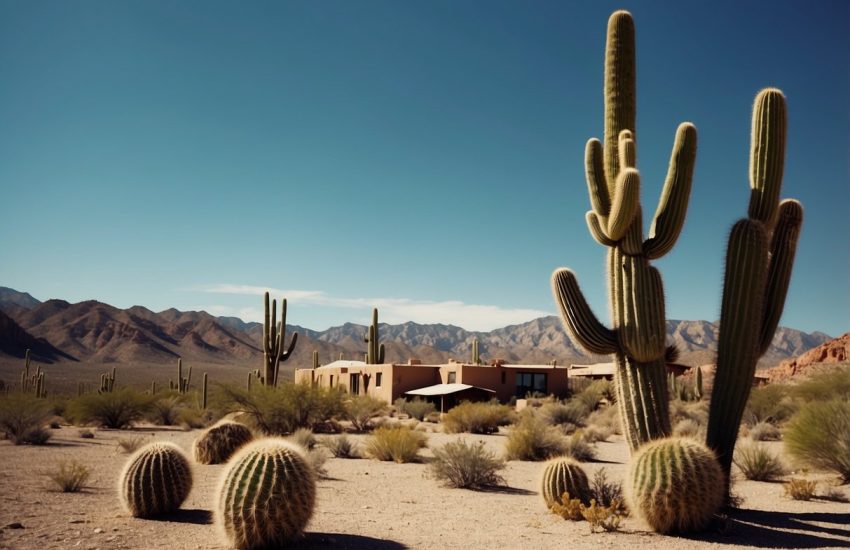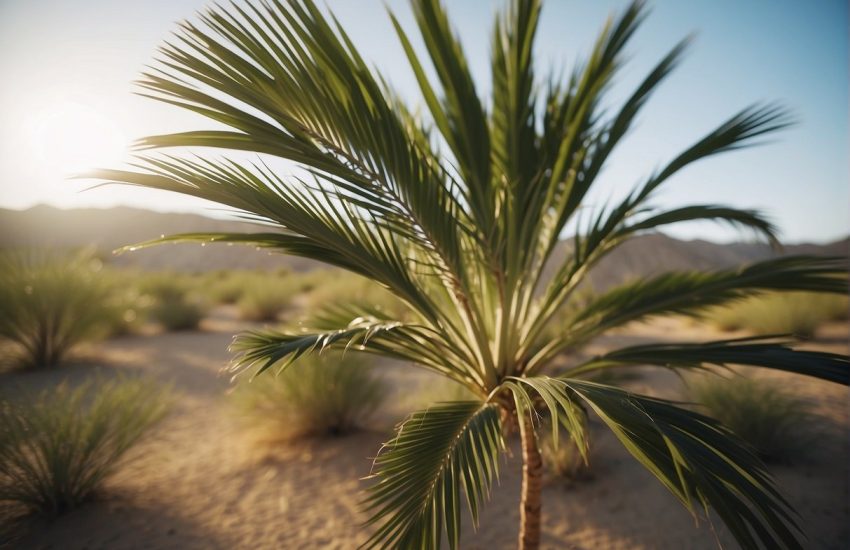Is There Palm Trees in Alabama? Exploring the Flora of the Yellowhammer State
Alabama is a state known for its diverse geography and climate. From the beaches of the Gulf Coast to the rolling hills of the Appalachian Mountains, Alabama has a lot to offer. One question that often arises is whether there are palm trees in Alabama.

Palm trees are typically associated with tropical and subtropical climates, which may lead one to believe that they cannot be found in Alabama. However, the answer is not so straightforward. While Alabama’s climate is generally not conducive to palm tree growth, there are some species of palm trees that can survive in the state.
Palm Tree Varieties in Alabama

Native and Common Species
Alabama’s humid subtropical climate provides an ideal environment for a variety of palm tree species. Some of the most common and native palm tree species found in Alabama include the Sabal Palmetto, also known as the Cabbage Palm, and the Needle Palm. Other popular species of palm trees that can be grown in Alabama include the Windmill Palm, Pindo Palm, Mexican Fan Palm, Sago Palm, European Fan Palm, and Chinese Windmill Palm.
Optimal Growing Conditions
Palm trees require well-draining soil that is rich in organic matter. In Alabama, the soil tends to be heavy and clay-like, which can cause drainage issues. Therefore, it is important to amend the soil with sand, peat moss, or compost to improve drainage and fertility. The ideal pH range for palm trees is between 6.0 and 7.5. Palm trees also require full sun exposure to thrive and grow to their full potential. They are relatively cold-hardy and can withstand mild freezes, making them suitable for various regions in Alabama.
Protection and Maintenance
To protect palm trees from harsh winters, it is recommended to wrap them with burlap or frost cloth. Regular fertilization with slow-release fertilizer is also recommended to ensure healthy growth and development. Palm trees should be pruned regularly to remove dead fronds and prevent the spread of pests and diseases. Common pests and diseases that affect palm trees in Alabama include spider mites, scale insects, and fungal diseases such as Fusarium wilt.
In summary, there are several palm tree species that can be grown successfully in Alabama. By providing the proper growing conditions and protection, these trees can add a tropical touch to any garden or yard.
Environmental and Geographical Influences

Climate Impact on Palm Growth
The climate of Alabama is humid subtropical, which is ideal for palm trees that thrive in hot and humid conditions. The Gulf of Mexico and the Atlantic Ocean also play a significant role in creating a conducive environment for palm growth. The average temperature in Alabama ranges from 60°F to 90°F, with the freezing point rarely reached.
Soil and Microclimate Factors
Soil type and microclimate factors also play a crucial role in determining the success of palm planting in Alabama. The soil in Alabama is generally heavy and clay-like, which can cause drainage issues. It is important to amend the soil with sand, peat moss, or compost to improve drainage and fertility. The ideal pH range for palm trees is between 6.0 and 7.5. A soil test can help determine the soil’s pH level and nutrient content.
Coastal vs Inland Regions
Coastal areas of Alabama are more conducive to palm growth due to their proximity to the Gulf of Mexico. Windmill palms and sago palms are some of the popular palm species that can thrive in these regions. Gulf Shores is a popular spot for palm enthusiasts due to its warm climate and salt-tolerant soil. Inland regions of Alabama may not be as suitable for palm growth due to their distance from the coast and lack of humidity.
Overall, Alabama’s climate, soil, and microclimate factors create a conducive environment for palm growth, particularly in coastal areas. Low-growing palms with multiple trunks and blue-green fronds, such as windmill palms, are popular choices for planting in Alabama.


